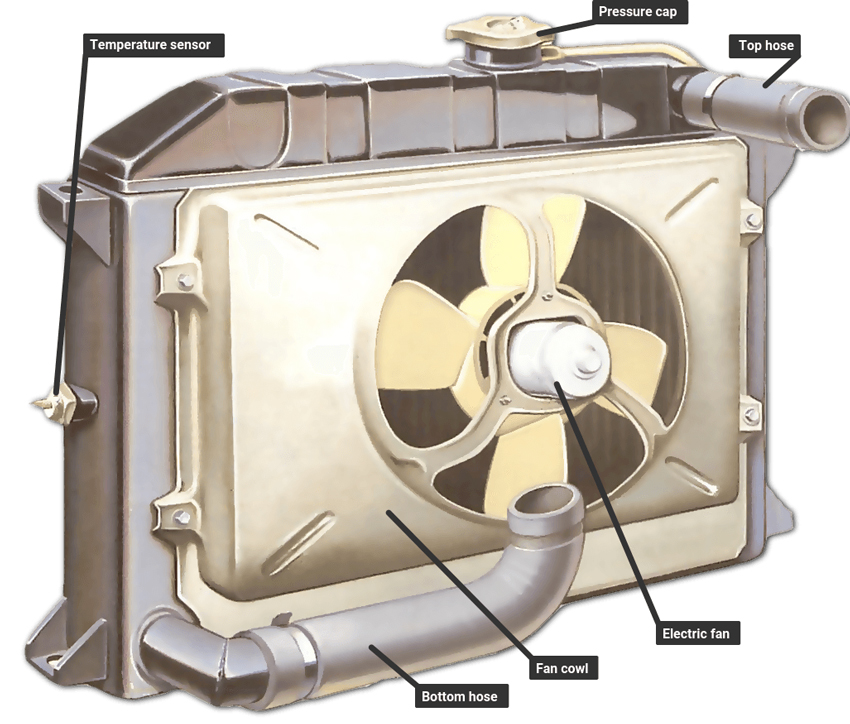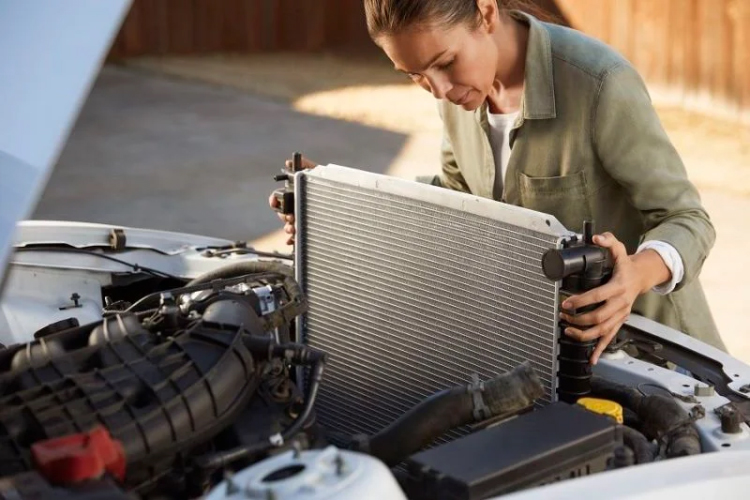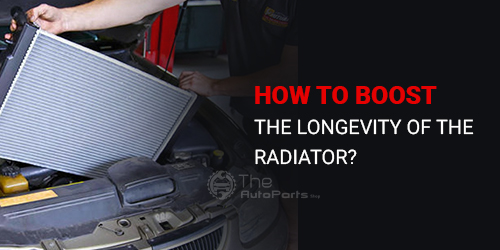Taking good care of the vehicle’s cooling system will improve its efficiency and overall well-being. The car runs on gas & power gets converted into heat which further changes into the air via the radiator. Poor radiator maintenance would reduce its shelf life and lead to costly repairs in the future. However, you can take steps to stretch its shelf life by several years highlighted by the experts at reputed car parts and accessories stores online.
How Does a Radiator Work?

Your car dissipates a lot of heat while working and is accompanied by small explosions. The car starts pumping coolant throughout the entire engine to prevent overheating. This fluid absorbs the heat and takes it away from the engine block. The fluid enters within the radiator, thereby blowing air across the liquid. The process of heat exchange and cooling takes place outside the car. The coolant moves through thin metal fins, and the process of converting the heat into the air takes place outside the car.
Radiators come in distinct shapes and sizes, but their primary role still remains the same. In simple words, the radiator cools the coolant, which further keeps the engine cool.
How to Maintain the Radiator?
An optimally performing radiator helps the engine run smoothly. By carrying out the following radiator checks, you can extend the lifespan of the radiator by several years:
Ensure Appropriate Coolant/Water/Antifreeze Ratios
Drivers try to add water to the radiator. Water is a temporary way to fix emergencies, but water isn’t effective as it freezes the vehicle at cooling temperatures. Always add the mixture of coolant and water inside the car, i.e., 50/50.
Have a word with the local mechanic or look at the user manual to get an idea of the ratios.
Ensure that the Radiator Levels are Full
The radiator should always stay full except for leaks or the cooling system. Sometimes, small leaks on the radiator are hard to notice, so ensure that the car is thoroughly checked for levels. Take out the radiator cap to get an idea of the coolant levels. In case of low fluid levels, add coolant to the fluid in a 50-50 ratio. In case of plummeting levels taking the car to the nearest car parts and accessories store would be the best course of action. The mechanic would recommend a radiator replacement to you in the worst-case scenario.
Flush the Radiator from Time to Time
The radiator must be flushed from time to time with the assistance of a certified technician. Drain the existing radiator and fill the car with a new cooling system. There is no specific time when the radiator needs to be flushed, and the type, age, fluid, and condition are generally considered before changing it. Ensure that the following things are kept in mind while changing:
1. The radiator must be flushed after covering 30,000 miles or after completing 2 years.
2. Antifreeze becomes cloudy.
3. The car becomes hotter than usual.
4. Long-life antifreeze must be changed after 4 years or after 50,000 miles.
How Much Does Radiator Replacement Cost?
The average radiator replacement costs generally fall between $1000-$3500.At times, these costs are as low as $500 and as high as $8,600.Most of the radiator replacements cost $1500.
How to Save Money from Radiator Replacement?

Radiator replacements are an expensive affair. However, you can save money by getting top-quality radiators and their accessories from trusted stores like ‘The Auto Parts Shop’ and save money.
The Bottom Line
Radiator generally keeps the overheating issues away. Check the car for low fluid levels or radiator issues and perform the radiator replacement to fix them.
